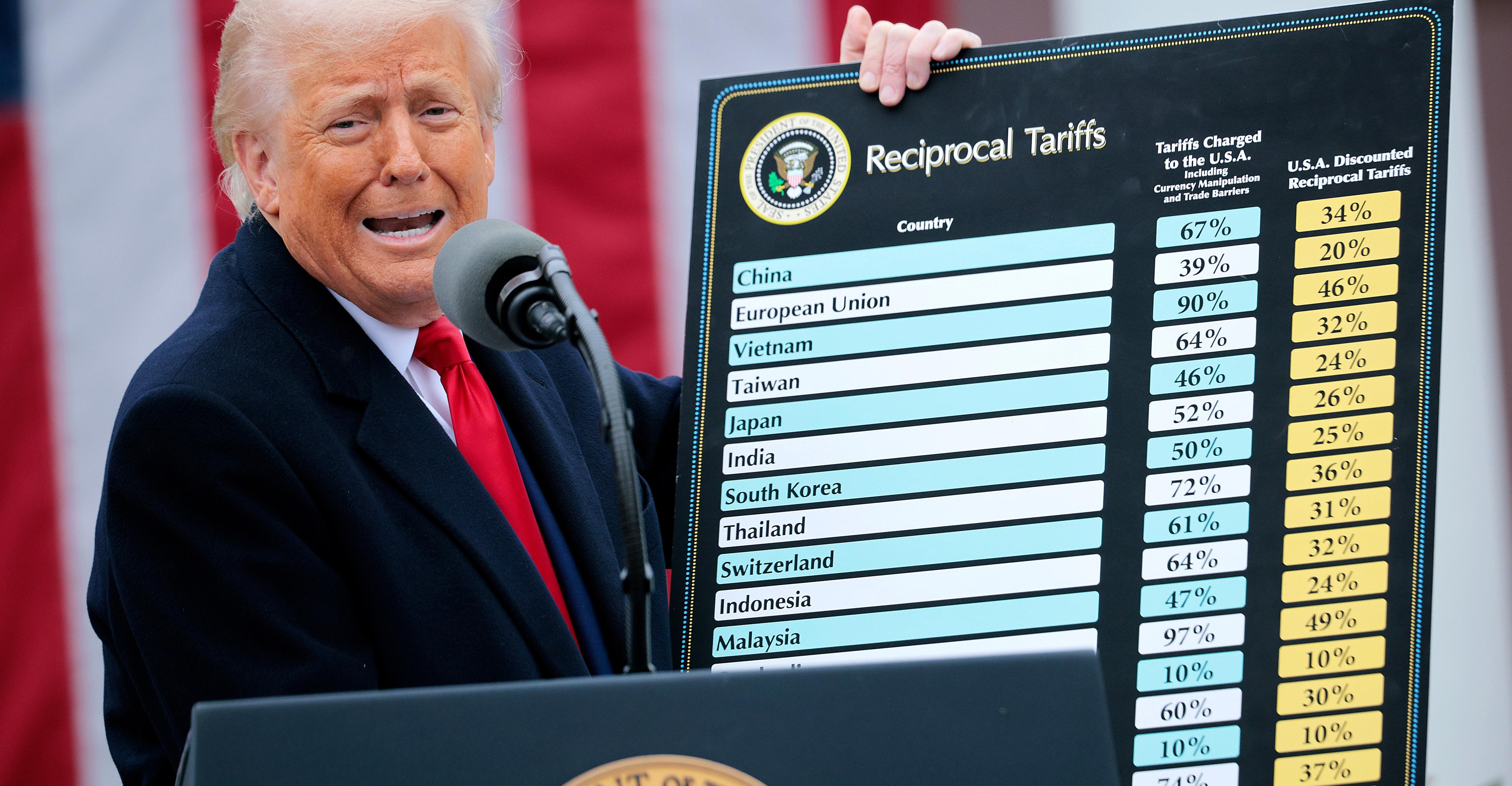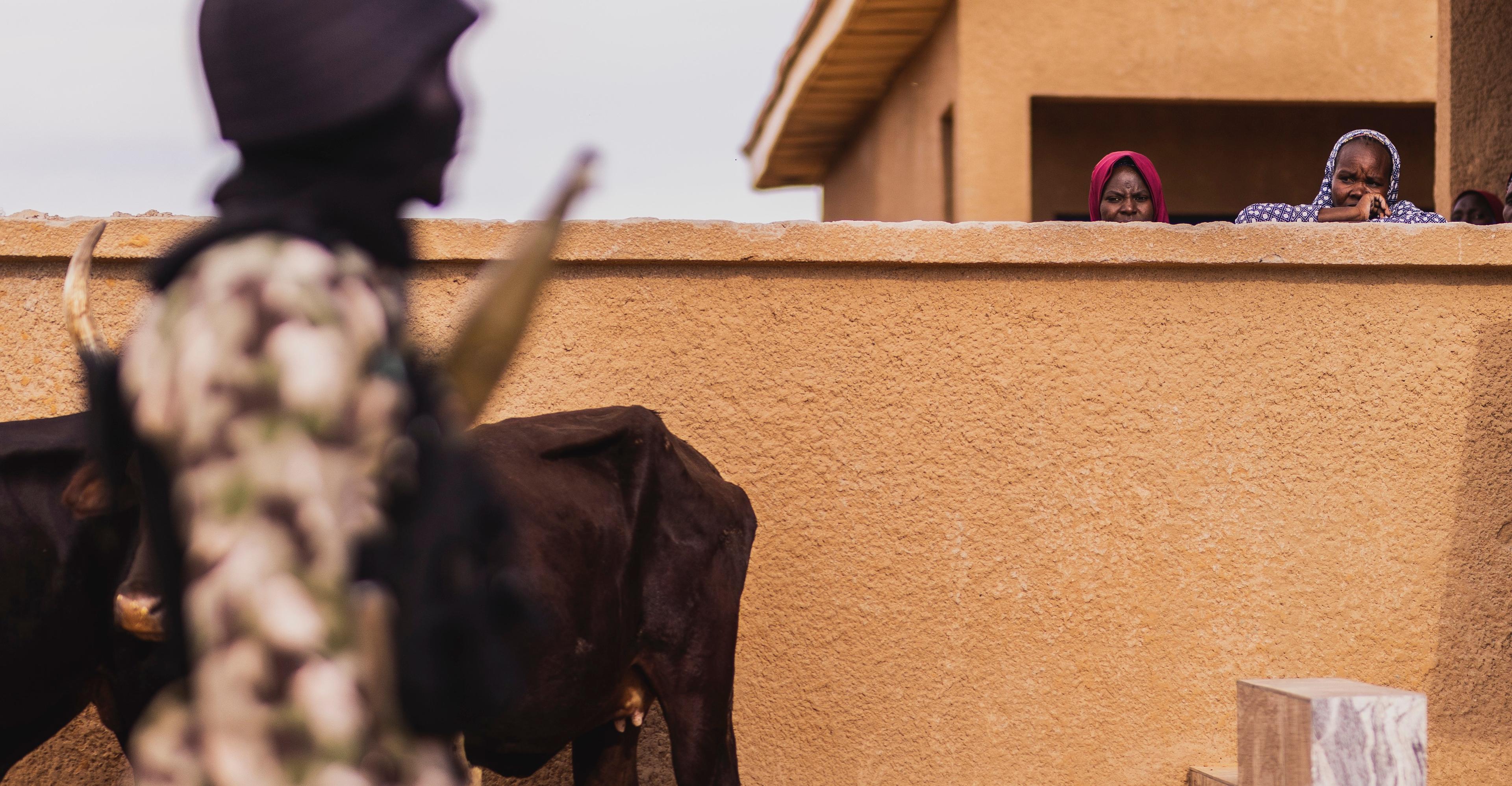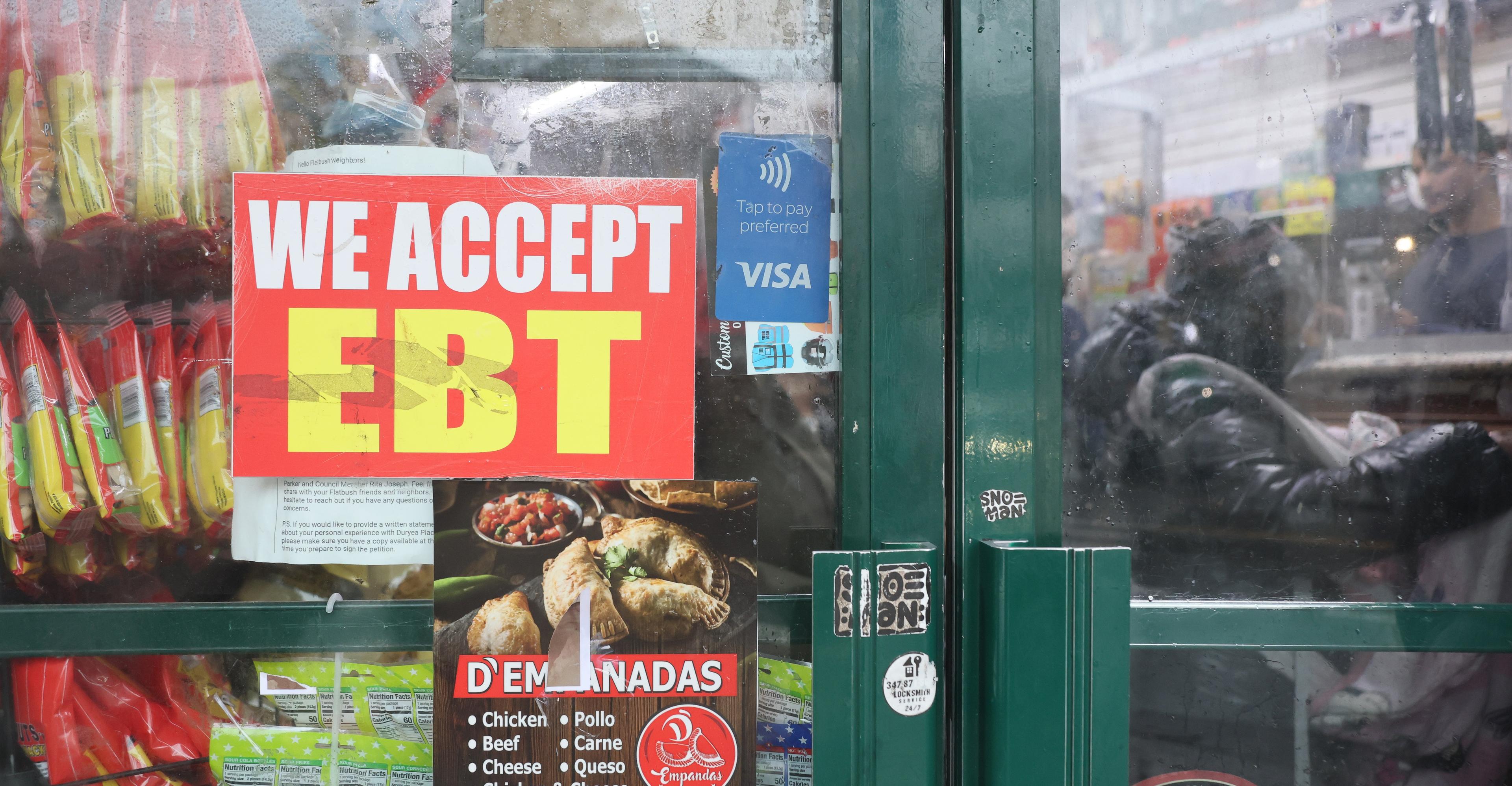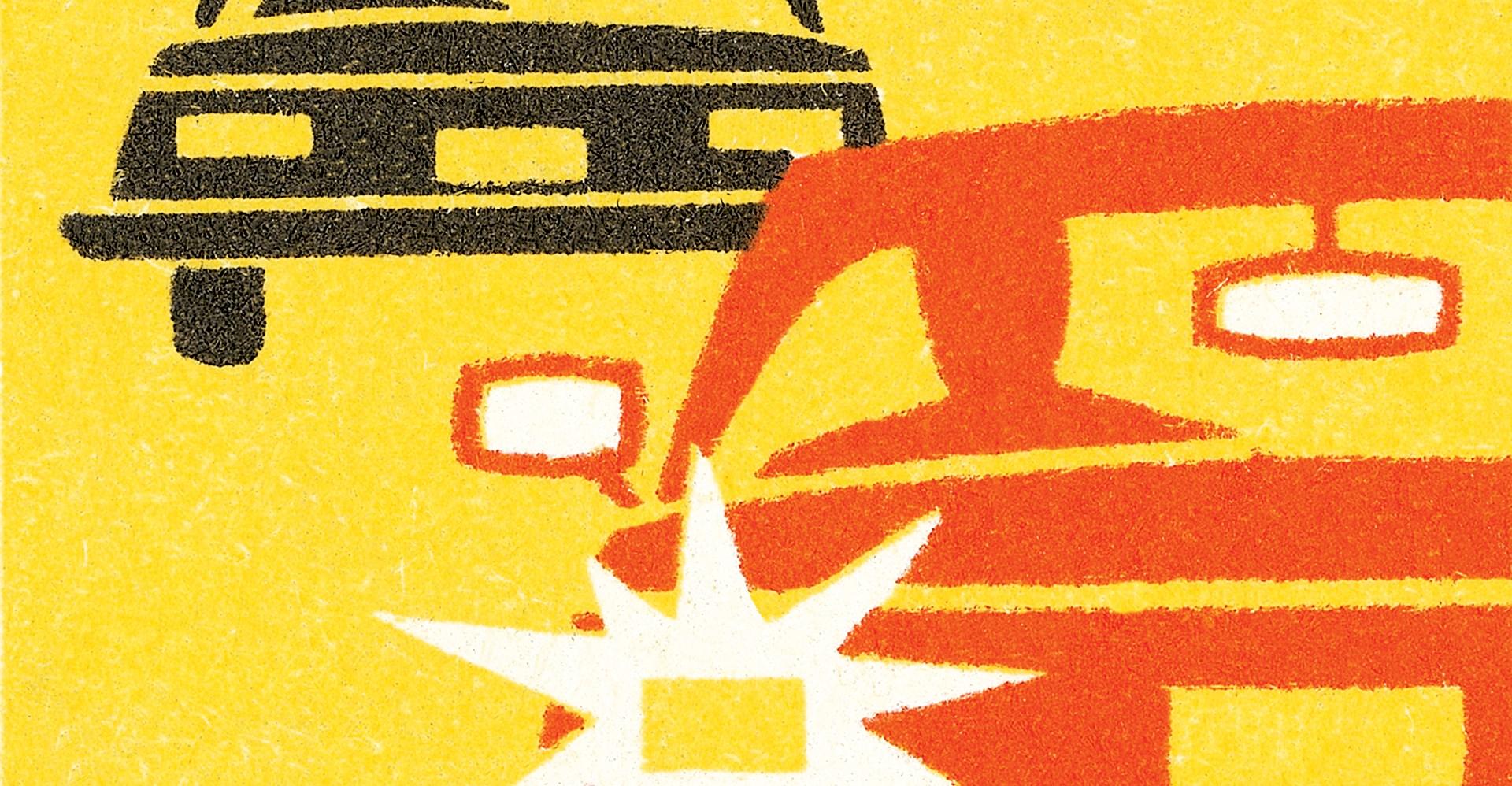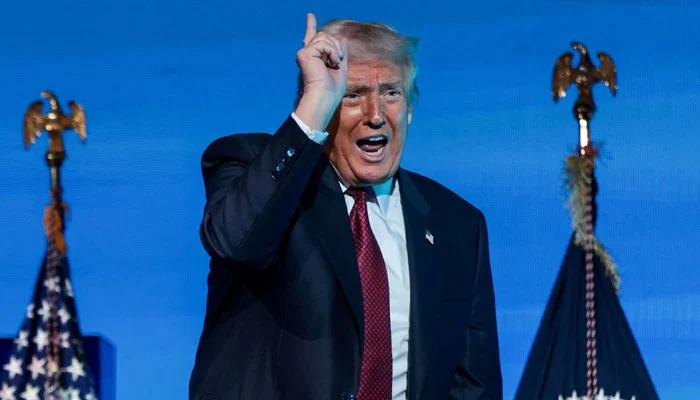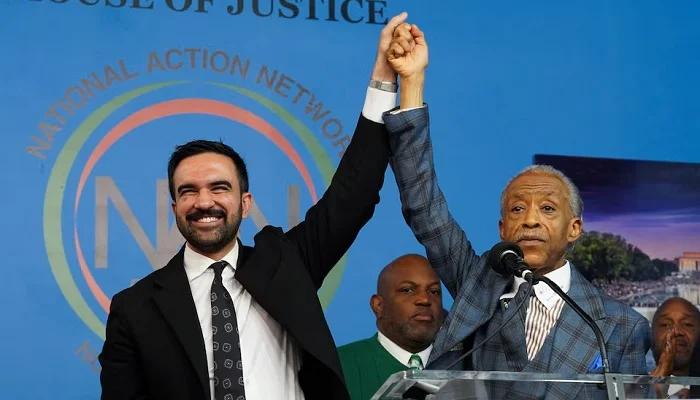Netflix’s live-action Avatar: The Last Airbender is everything fans hoped it would be
The hugely anticipated remake delivers on the drama, charm, and spectacle of the original.


Reader, you can relax: They nailed it.
Halfway through the third episode of Netflix’s tremendously anticipated live-action adaptation of Avatar: The Last Airbender, we’re treated to a slickly choreographed fight through a town square between our title character, Aang (Gordon Cormier), and his self-declared nemesis, Prince Zuko (Dallas Liu). This hand-to-hand combat through a colorful, chaotic street scene ends not with a victor but with a different coup de grâce: a cameo from a fan-favorite produce vendor wailing over his ruined cabbages.
Between the rocky history of the franchise and uncertainty about the current production, fans’ anxiety around this Netflix release might well be at an all-time high. The previous attempt to adapt Nickelodeon’s beloved animated show, which ran for three seasons from 2005 to 2008, for a mainstream live-action audience resulted in infamy. M. Night Shyamalan’s 2010 movie sparked a notorious controversy over his decision to cast his main characters with white actors, a move that resulted in years-long protests from fans and contributed to the movie being released to utter ignominy. A gutsy 2012 series expansion following the exploits of Aang’s successor, Korra, renewed the franchise, though it garnered plenty of controversy in its own right for featuring a (gasp!) messy female protagonist. With so many fans still burned by the film, the news of Netflix’s eight-episode live-action adaptation spawned plenty of worry. That wasn’t helped when the original show’s creators, Michael Dante DiMartino and Bryan Konietzko, walked away from the project in 2020, two years after it was first announced. Between their departure and the delays caused by the pandemic, fans wondered whether the show would even be released at all.
The wait, it turns out, has been worth it. Although there are plenty of things to quibble with in successor showrunner Albert Kim’s version of the series, so many things go right that this adaptation of Avatar not only rejuvenates the whole franchise but elevates Netflix’s flagging live-action project.
I am unabashedly Avatar-pilled; I think the Nickelodeon original is one of the greatest TV shows ever made. It pulls off in just three seasons the kind of epic world building and character evolution that shows double its length never manage to achieve. It does so by balancing its family-friendly ethos with a story that deals openly with war, genocide, fascism, trauma, and child abuse.
The result is a show that’s routinely as devastating as it is delightful. Our heroes each grapple with deep personal loss while trying to stop a powerful military force, the Fire Nation, from colonizing the rest of the world. That world is inhabited by fantasy creatures, steampunk cities, and four distinct groups characterized by their relationship to the traditional four elements: besides the Fire Nation (inspired by imperial Japan, China, and other East Asian cultures), there is the Water Tribe (inspired by Inuit and other subarctic cultures), the Earth Kingdom (inspired by imperial Chinese culture), and the Air Nomads (inspired by Buddhist and Hindu cultures in Tibet and parts of Southeast Asia). Among these tribes, people known as benders can control the element they’re associated with.
Only one human, known as the Avatar, has the ability to master all four elements — an ability passed down to them through generations in an unbroken chain of previous avatars. The disappearance of the most recent Avatar, Aang, a century ago has allowed the Fire Nation to lay waste to the other nations, including completely wiping out all the Air Nomads, the tribe into which Aang was born. Aided by Katara and Sokka, two Water Tribe siblings whose mother died in the Fire Nation’s ethnic cleansing and whose father is away at war, he has to make up for lost time and defeat the Fire Lord once and for all. This is heady stuff, especially for a kid’s cartoon. But the show, which won a Peabody for “adding thoughtful substance to [the] genre,” has the writing, creativity, and deep characterization to pull it off.
That’s not to say that Avatar as a franchise and artistic product needs no reckoning with. The show’s status as an artifact of millennial nostalgia has become complicated over time. The degree to which its homage to anime and borrowing of Asian culture veers into cultural appropriation rather than tribute has been a source of debate among fans and critics. So has the degree to which, as a show made by white creators incorporating elements of colonized cultures, it reifies the very thing it attempts to rebuke.
Still, unlike other shows of its time, Avatar has largely managed to hold on to its fans. This is partly because it’s never quite reached the mainstream. (In fact, its lack of a household name complicates things for us: Do we editorialize with the longstanding shorthand Avatar, which was preferred until it was usurped by James Cameron, forever turning it into “Avatar — no, not that one”?)
It’s also partly because Avatar remains one of the most unapologetically antifascist shows ever made. It’s not even generically pacifist — it frequently depicts acts of violent resistance as necessary. For all the time Aang spends proselytizing about things like morals, friendship, and the benefits of riding an air scooter, Avatar never resorts to empty platitudes; its moral and political lessons are usually hard-won.
Complicated? Yes. But that’s also why, in the current political climate, a live-action remake of Avatar can’t afford a single ideological misstep. Its moral clarity about the absolute necessity of resisting genocidal regimes, political isolationism, and governments of conquest matters now more than ever.
At their core, both the original and the new Avatar are travelogues — stories that evolve their characters and their universe through a literal journey through that universe. It’s a format shared by countless works, including fantasies ranging from Gulliver’s Travels to Star Trek. This works on multiple levels, expanding our understanding of the world while also allowing our characters to grow and change through each interaction with a new culture.
The animated Avatar’s three seasons follow three phases of Aang’s journey to master all four elements, after which he can hopefully defeat the Fire Nation. The first season of Netflix’s adaptation faithfully aligns with the first season of the show (“Book One”) — though because it has to truncate much of the action, the first two episodes feature a lot of clunky exposition. The new show also suffers from a tendency to repeat the exposition we’ve already heard, to the extent of showing flashbacks to moments that happened earlier in the same episode. At times, the combination of overexposition and overmoralizing turns hokey.
Still, the writing is stronger and more enjoyable than these choices imply. Netflix’s Avatar preserves the original’s plot, and its changes work to tighten the narrative, deepen characterization, and strengthen the impact of heart-clenching moments in the storyline. Crucially, it retains the balance of the original: depth and darkness, levity and light.
The production design is opulent and rich with detail, carefully incorporating Avatar’s cultural influences, from architecture to costuming. The CGI is primarily an unobtrusive enhancement rather than a distraction (Appa the sky bison being a disappointing exception). The action is backed by a lush, beautiful score, and the fight scenes are excellent. The artificial nature of the CGI fight scenes was one of the things that really torpedoed Shyamalan’s version; here, however, particularly during all of the waterbending fights, the CGI and the live-action choreography integrate seamlessly, generating visually spectacular climactic battle sequences.
:no_upscale()/cdn.vox-cdn.com/uploads/chorus_asset/file/25297376/AVTR_Stills_04.jpg_AVTR_Stills_04.jpg)
All of this bolsters the impeccable casting decisions that went into creating this ensemble, which features cameos from a host of geek faves like Danny Pudi, Arden Cho, George Takei, and Osric Chau but never feels like pandering or stunt casting. Overall, this Avatar manages to avoid succumbing to “the Netflix look” and instead serves as an exemplar of how to cast and visually adapt animated characters without looking ridiculous or feeling fake.
The standouts in this regard are exactly who they should be: Zuko, the willful, stubborn Fire Nation prince in exile, and his uncle, General Iroh (The Mandalorian’s Paul Sun-Hyung Lee). No Avatar adaptation can succeed unless the audience invests in this relationship; luckily for us, Dallas Liu exudes just the right mix of brashness and vulnerability and restless energy from the first moment he’s onscreen, while Lee unveils Iroh’s layered complexity one careful degree at a time. If one or the other doesn’t break your heart individually, the two of them together definitely will.
Kiawentiio, who plays our waterbending heroine Katara, is so much better than everyone around her for most of her time onscreen that she inadvertently highlights how little attention her character gets. Book One focuses on developing her much less interesting older brother, Sokka. In the hands of actor Ian Ousley, who plays him with precise smarm and hamminess, Sokka is the epitome of the wisecracking sidekick: You either love him or hate him. Given all the material this season has to cover, the time we spend watching him chase cute girls and debate what career track he should be on feels like filler — especially since, by contrast, Katara is dealing (mostly offscreen) with the trauma of having watched her mother be burned alive. By the end, however, Katara gets her moment, with Sokka in full support.
Eclipsed by so many bright and colorful side characters and a plot that gives his archnemesis the centerpiece hero’s journey, Aang has never been the most compelling part of his own story. For most of Book One, he’s still a naive 12-year-old who spends most of his time fleeing Fire Nation soldiers instead of learning to bend elements. Here, Gordon Cormier does his best, but he’s usually saddled with a mouthful of either moralism or exposition. The show also suffers from a failure to integrate Aang into the trio; we spend far more time hearing Aang and Katara talk at each other about the importance of friendship than we do watching them actually become friends.
Because so many of these weaknesses are imposed on the series by the constraints of the eight-episode Netflix format, it’s worth asking whether we even need more Avatar. Can this shortening really do justice to the original’s complex themes?
For me, so far, the answer is yes. It turns out I did need more from this story. I did need to see Cormier’s face collapsing in grief and love when he reunites briefly with the monk who raised him. I did need the show to retcon a tiny offscreen romance in order to show us that the conservative earthbending city of Omashu was quite literally built on a lesbian relationship. I did need Zuko’s soldiers dramatically saluting him because they’ve finally realized he’s had their backs all along. I definitely needed to see Katara ice-surf during a battle to prove her worth as a bender.
Is it perfect? Nah. But it might be a perfect way to rekindle your love for Avatar — and remind the world why it deserved to be remembered in the first place.
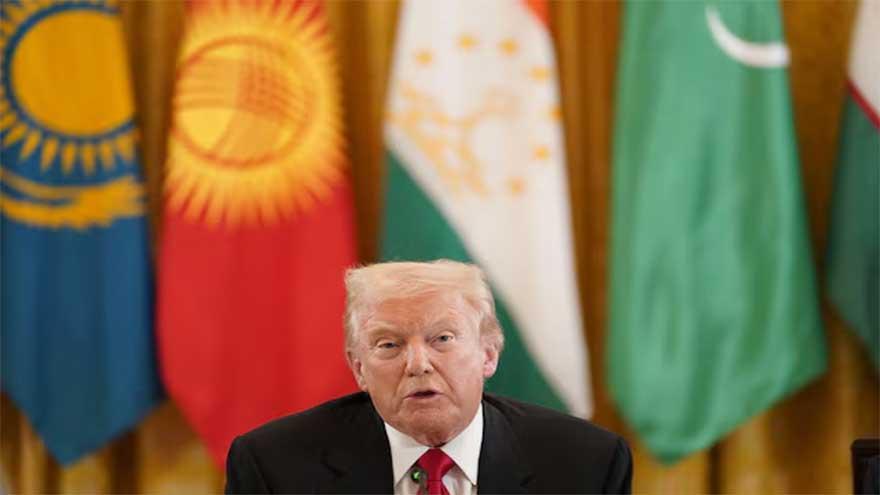
Kazakhstan to join Abraham Accords, says Trump
- 4 hours ago
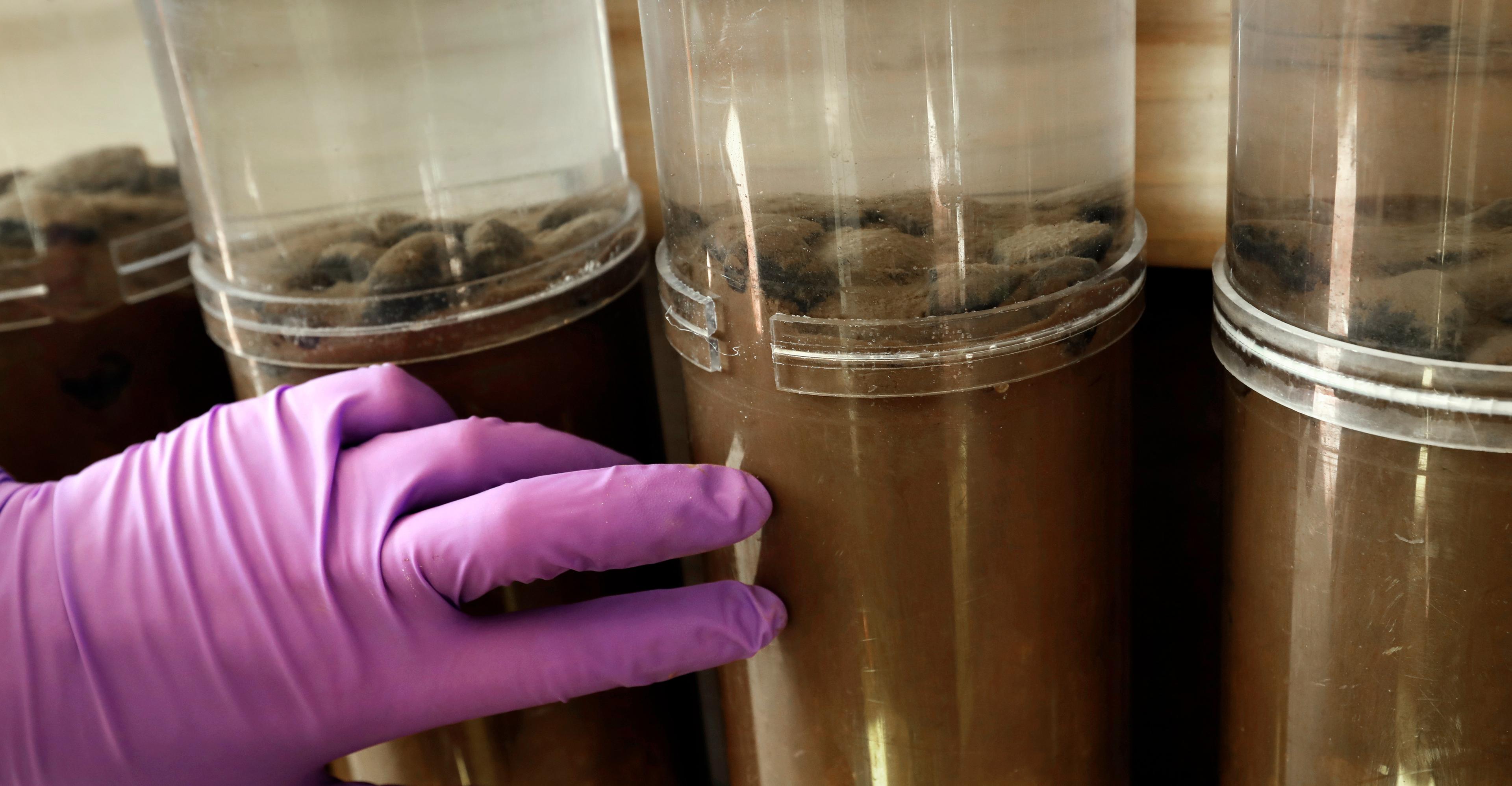
How deep-sea mining could threaten a vital ocean food source
- 11 minutes ago
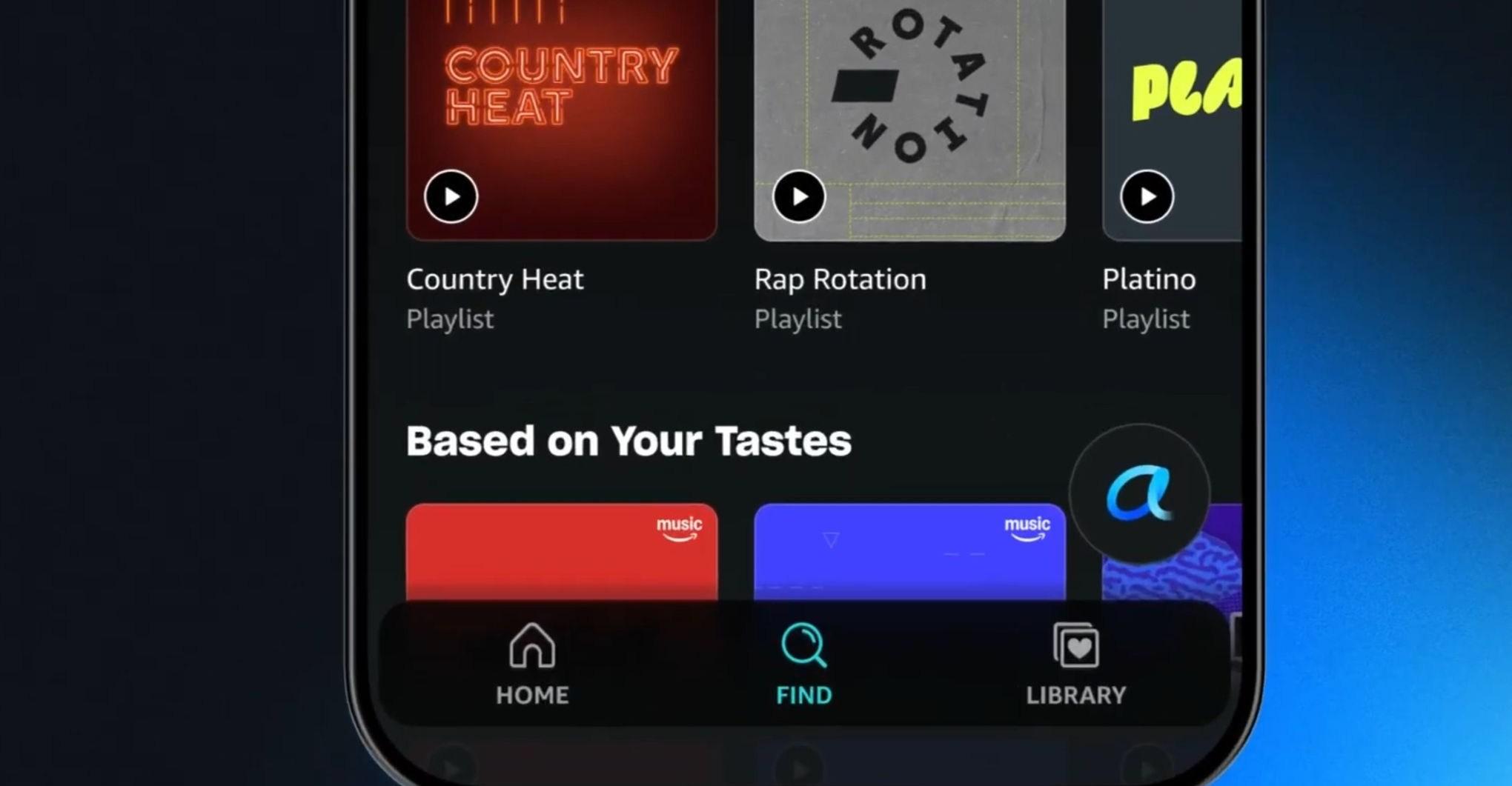
Amazon is building Alexa Plus into its Music app
- 12 minutes ago

Dengue on spike in KP, 105 new cases report in 24 hours
- 4 hours ago
Google’s entire Pixel 10 lineup is up to 25 percent off for the first time
- 11 minutes ago

The Verge’s guide to Black Friday 2025
- 11 minutes ago

Microsoft AI’s first in-house image generator MAI-Image-1 is now available
- 12 minutes ago

Lyft CEO David Risher on paying drivers more and the shift to robotaxis
- 11 minutes ago

Films from YouTube and Google Play are no longer available on Movies Anywhere
- 10 minutes ago

Instagram slapped with cease and desist over its use of ‘PG-13’ teen accounts
- 10 minutes ago

Google Maps can tell Polestar 4 drivers when to merge lanes
- 11 minutes ago
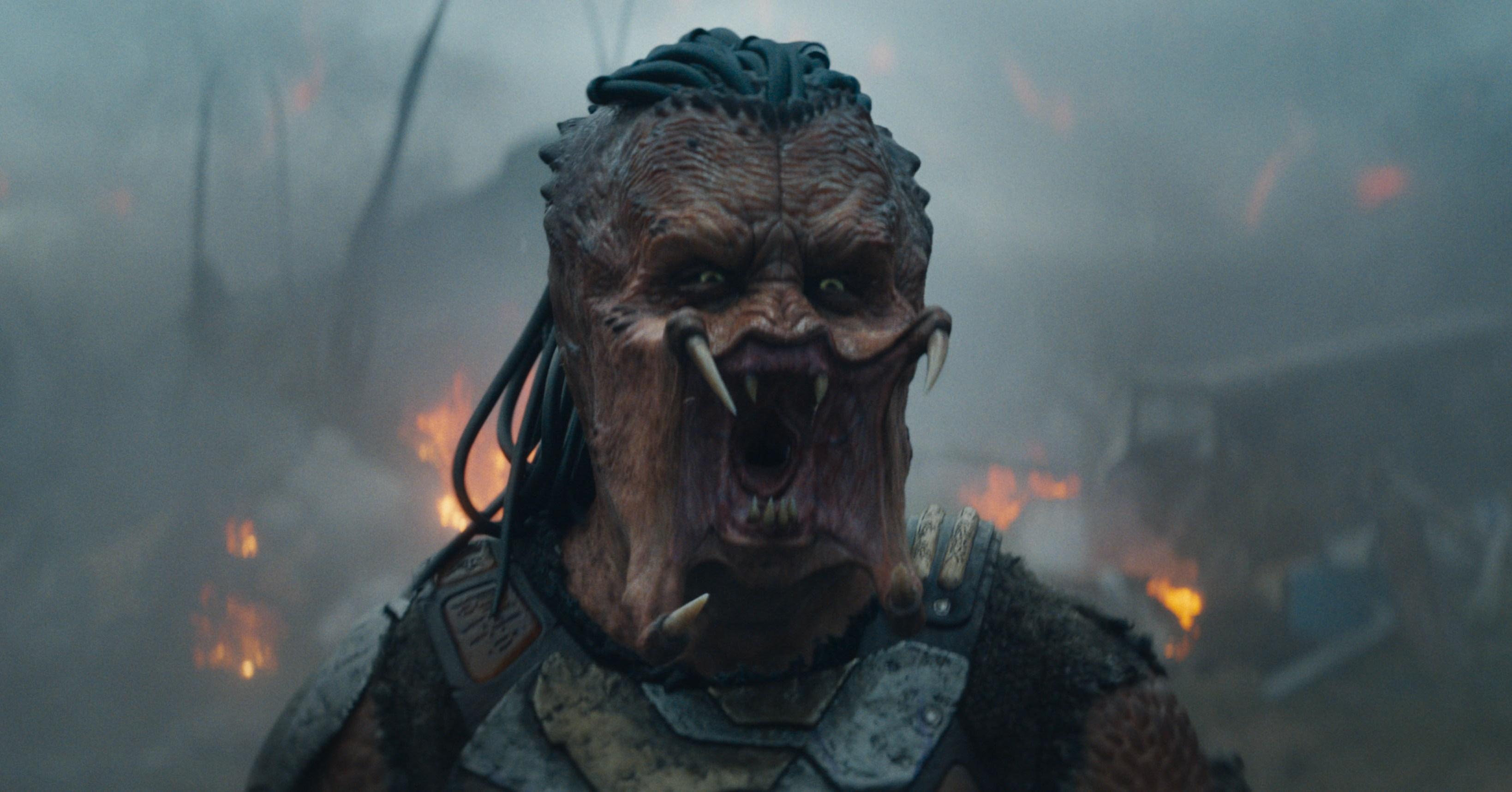
Predator: Badlands is a lighthearted twist on the brutal sci-fi series
- 11 minutes ago

